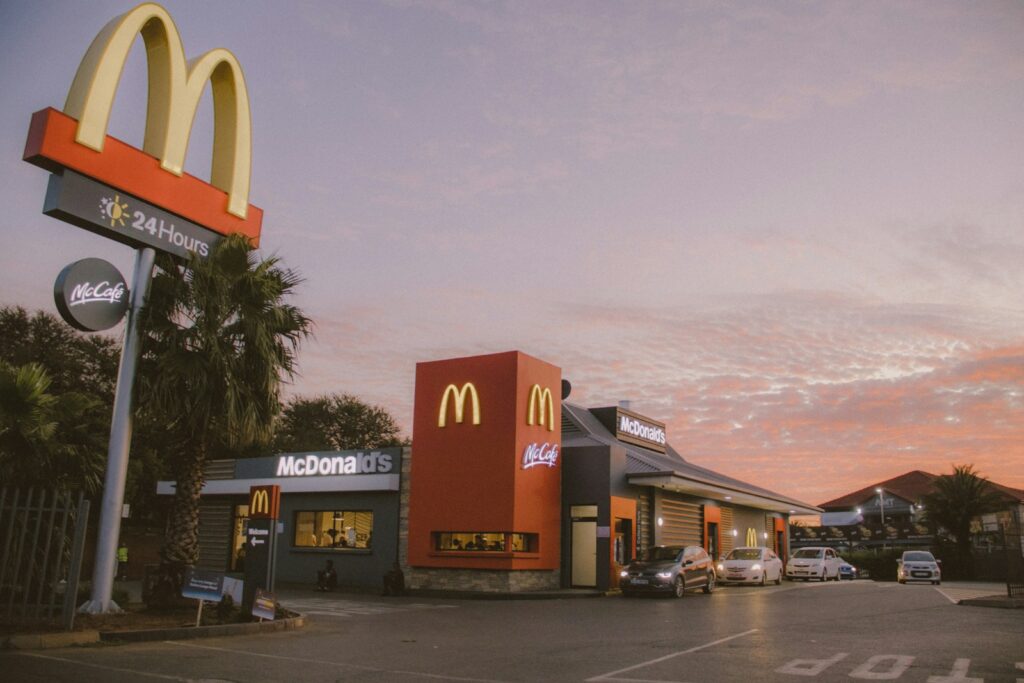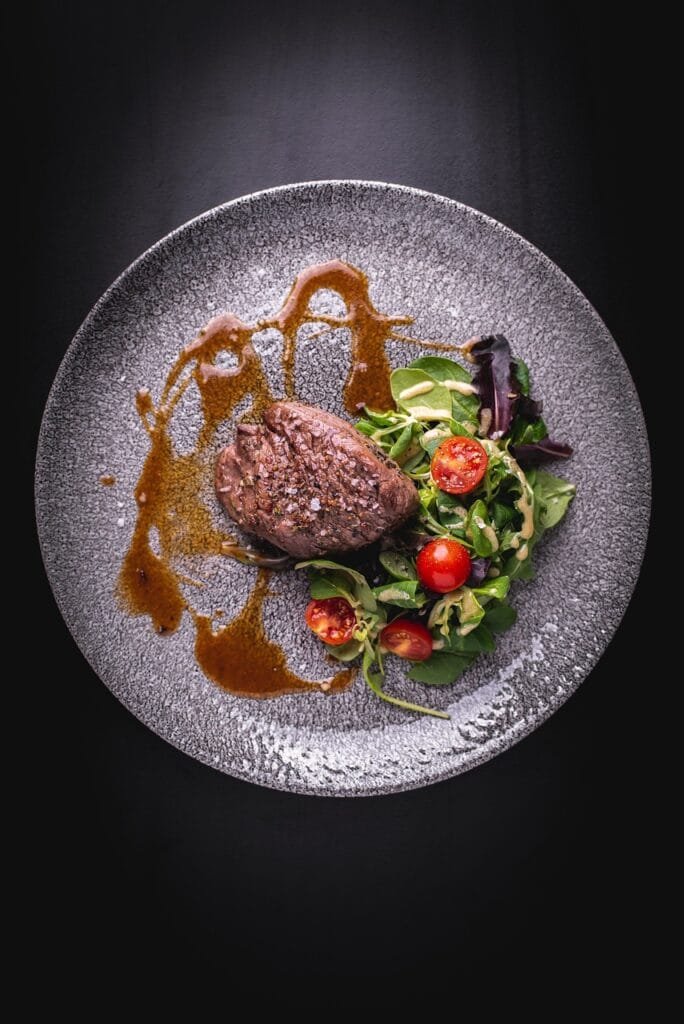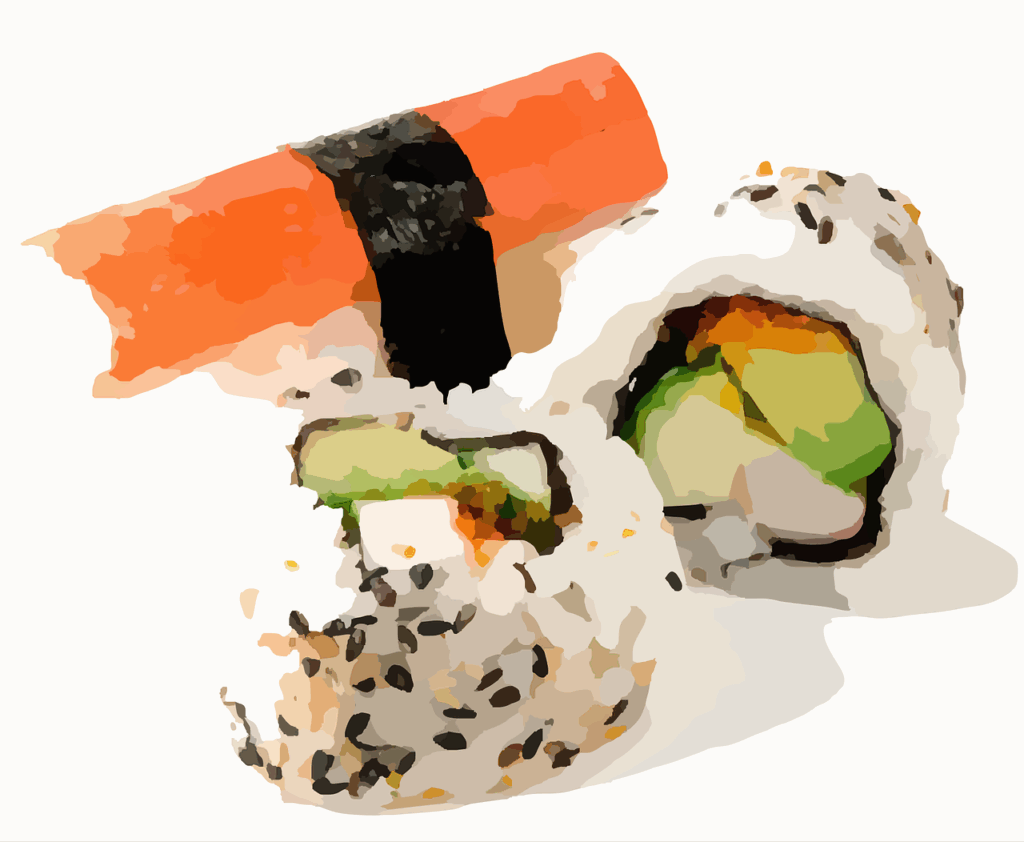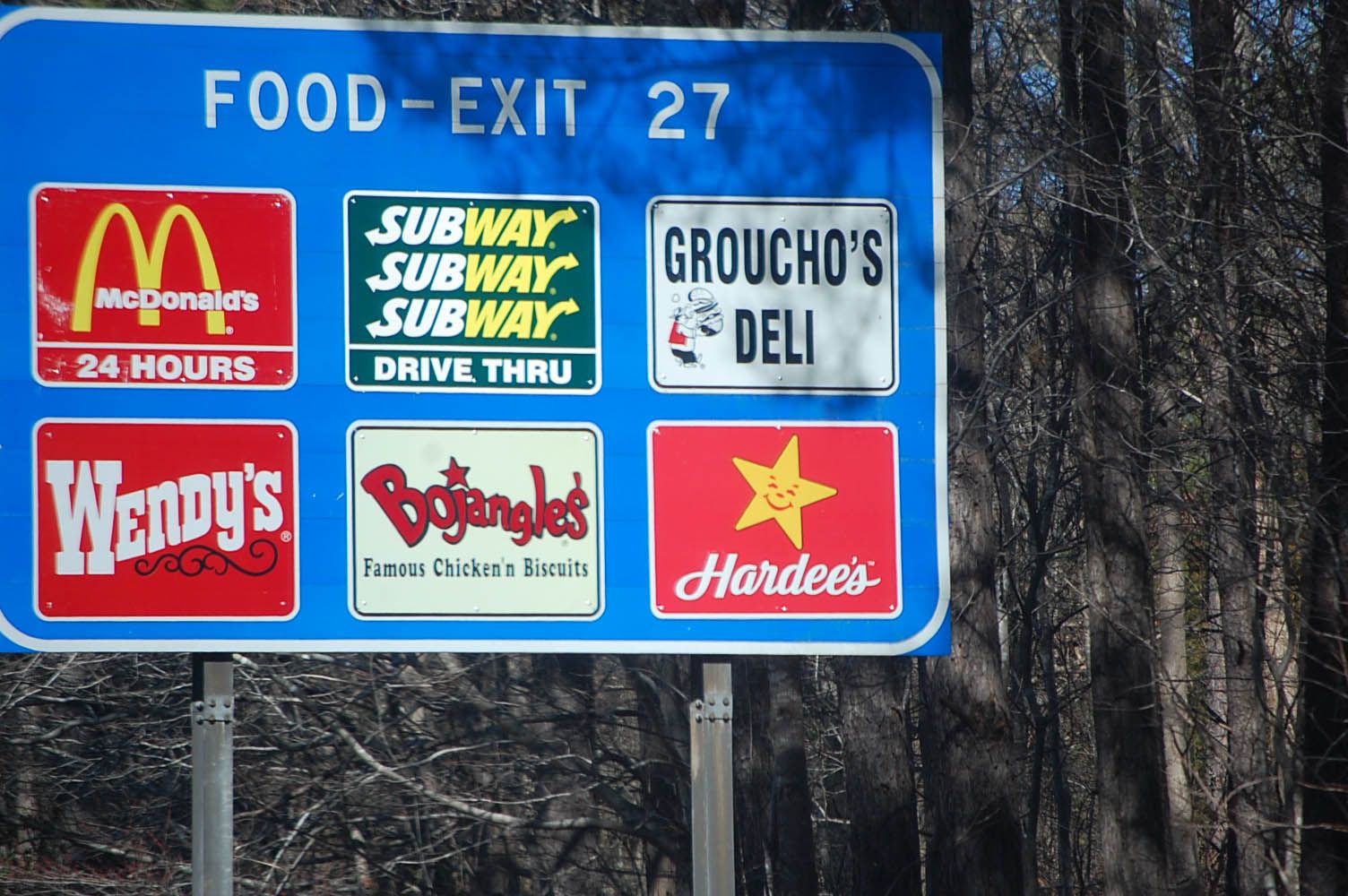
Fast food, a seemingly modern invention, is far more than just a quick meal; it’s a testament to humanity’s enduring need for speed and convenience, a culinary saga stretching back not decades, but centuries. From ancient Roman street vendors hawking hot stew to the sprawling global empires of today, the journey of fast food is a fascinating blend of innovation, cultural shifts, and a surprisingly deep history that will undoubtedly pique your curiosity.
Indeed, what we often perceive as a recent phenomenon – the grab-and-go meal – has roots deeply embedded in various civilizations across time. It’s a narrative of adaptation, ingenuity, and a constant evolution to meet the demands of bustling populations and travelers on the move. Prepare to uncover the surprising origins and pivotal moments that shaped this ubiquitous industry, revealing the untold stories behind the bites you love.
Join us as we embark on a historical expedition, uncovering the often-overlooked milestones and brilliant minds that paved the way for the drive-thrus and dollar menus we know so well. This isn’t just a tale of hamburgers and fries; it’s a deep dive into how society’s changing pace and technological advancements continually reshaped our relationship with food, making quick, affordable sustenance an undeniable cornerstone of modern life.
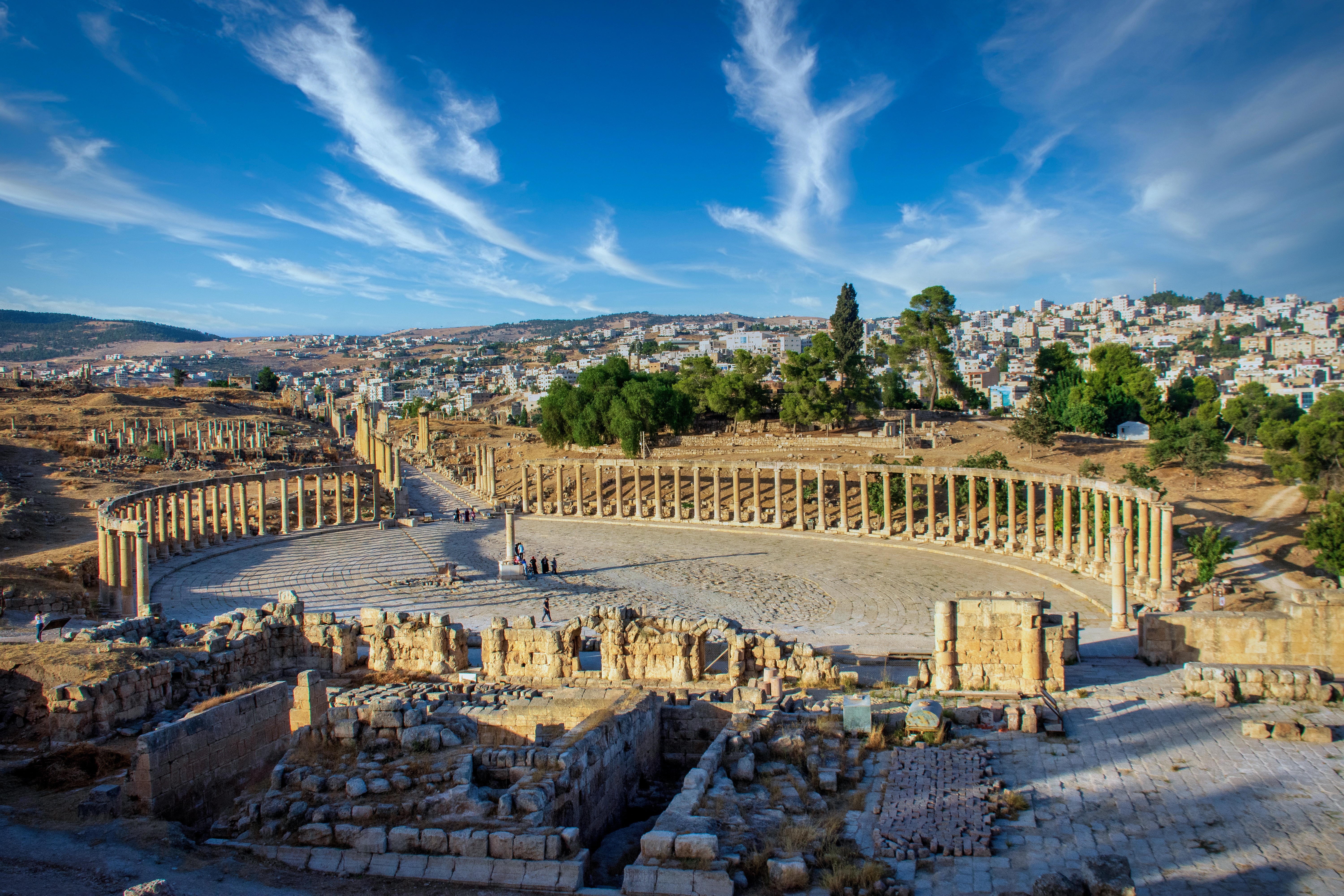
1. **Ancient Roots: The Original Quick Bites**
Long before neon signs illuminated highways, the concept of fast food was thriving in ancient civilizations. In ancient Roman cities, for instance, street vendors and taverns catered to people on the go, selling simple yet satisfying fare like bread soaked in wine, cooked vegetables, and hearty stews. These establishments, known as “thermopolia,” provided hot, ready-to-eat meals to the working class and travelers, proving that the demand for convenient food is hardly a new development.
Archaeological excavations in places like Pompeii have even unearthed the remnants of these ancient eateries, complete with counters featuring embedded earthenware jars used to store food. Similarly, in ancient China, busy marketplaces teemed with vendors selling a variety of quick meals such as dumplings, noodles, and buns. These vendors played a crucial role in rapidly growing cities, offering affordable and accessible sustenance to those who were away from home or simply too busy to prepare their own meals.
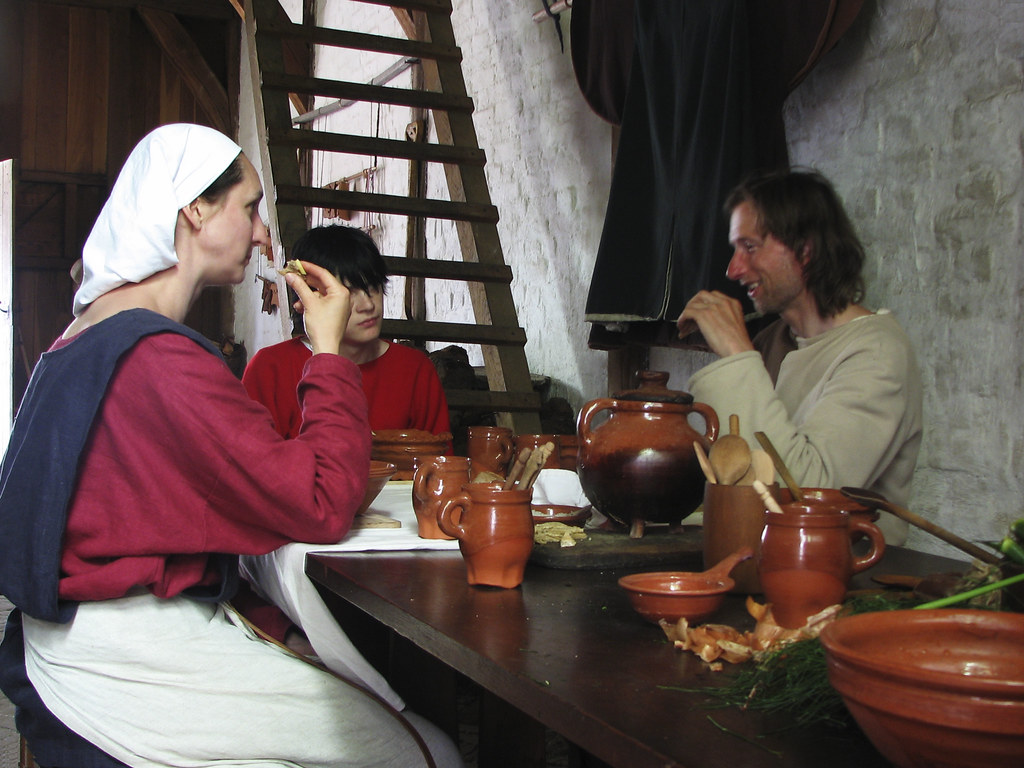
2. **Medieval Meals: Street Food for the Masses**
The tradition of quick, accessible food continued to flourish throughout the Middle Ages, particularly in urban centers. Towns from this era also saw a proliferation of street vendors who served a wide array of ready-to-eat dishes. These culinary entrepreneurs offered items like pies, pasties, flans, waffles, wafers, pancakes, and cooked meats.
Such offerings were particularly vital for the poor and others who lacked the means or facilities to prepare food for themselves. This highlights that the fundamental need for convenient, prepared food has been a consistent thread throughout human history, adapting to the societal and economic structures of each period. It was a time when eating out was less about leisure and more about necessity for a significant portion of the population.
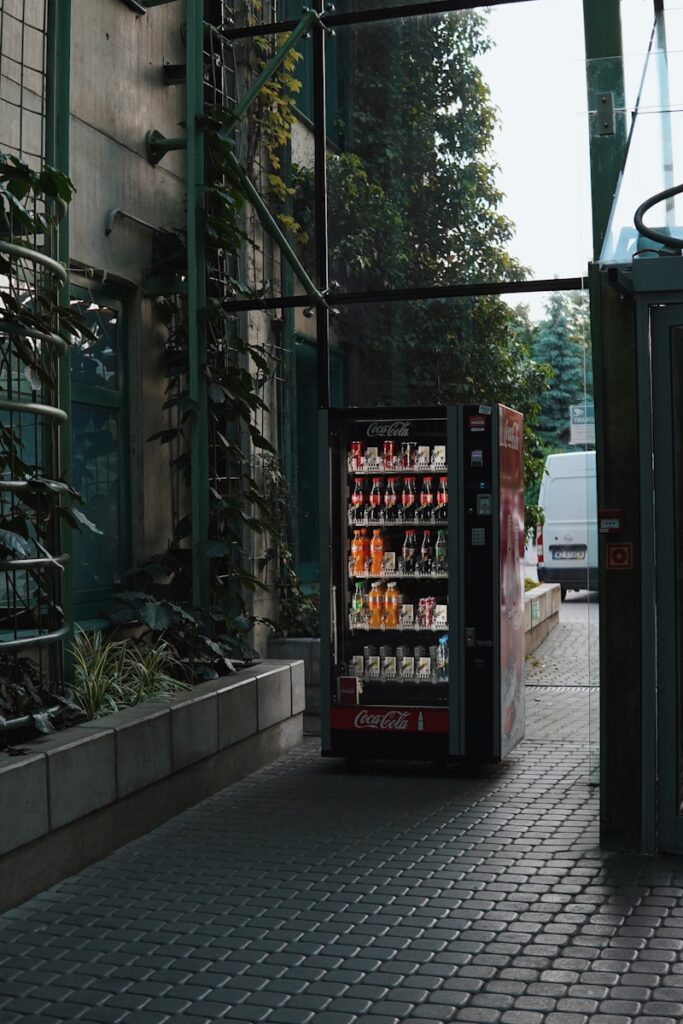
3. **The Automat: Bringing Fast Food to America**
The late 19th and early 20th centuries saw the birth of innovative concepts that directly prefigured modern fast food. In 1896, Max Sielaff in Berlin invented “automats,” which were a groundbreaking type of vending machine restaurant serving simple foods and drinks. This novel idea brought an unprecedented level of efficiency and self-service to dining.
The concept truly made its mark in the United States when Joseph Horn and James Hardart opened an automat in New York City in 1902. This establishment revolutionized dining by offering coin-operated machines that dispensed food, feeding an astonishing 700,000 people daily at their peak. These automats made dining incredibly accessible and efficient, allowing customers to quickly select and retrieve their meals, truly bringing a new form of fast food to the American public and cementing the idea of quick, automated service.
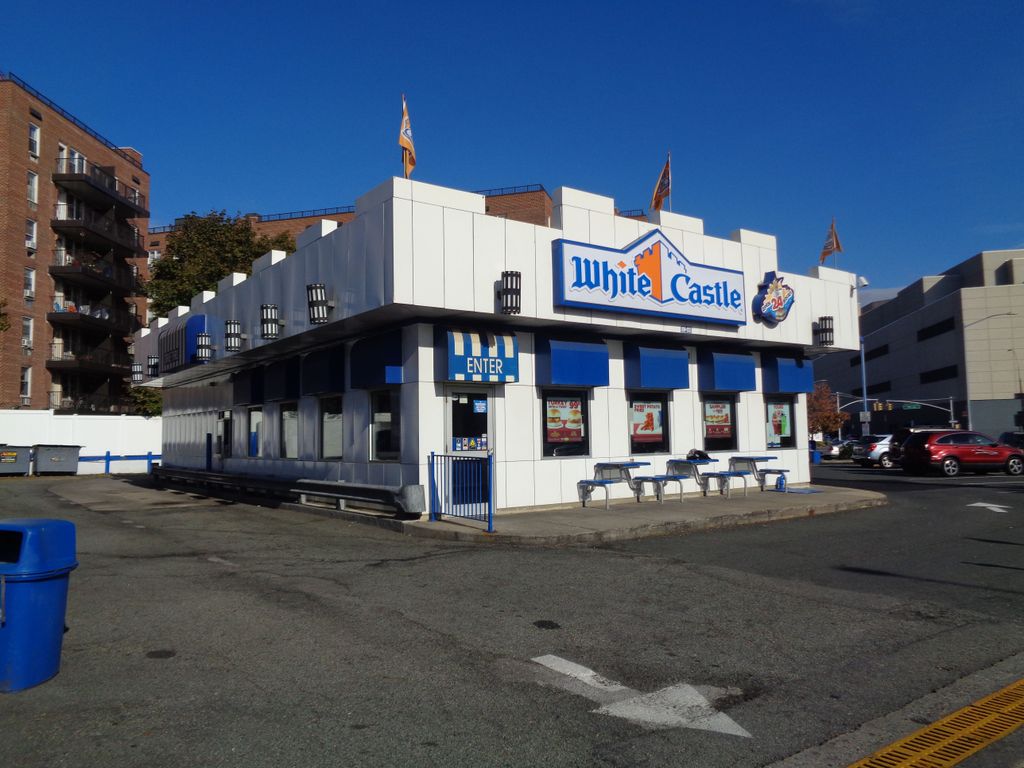
4. **White Castle: Pioneering the Modern Fast Food Chain**
Many experts consider White Castle to be the first true fast-food chain, marking a pivotal moment in the industry’s history. Founded in 1921 in Wichita, Kansas, by Billy Ingram and Walter Anderson, White Castle emerged at a time when public perception of hamburgers was quite low, often associated with low-quality ingredients and questionable hygiene. The founders of White Castle were determined to change this narrative.
They implemented innovative practices such as standardized cooking methods and built their restaurants with white interiors and porcelain steel exteriors to project an image of cleanliness and transparency. Customers could even see their food being prepared, which helped alleviate concerns about meat quality. Their iconic small, square hamburgers, known as “sliders,” were sold for just five cents each and quickly gained popularity, especially in the American East and Midwest. White Castle’s success played a crucial role in giving hamburger meat a much better reputation nationwide and laid down many of the core principles that would define the fast-food industry.
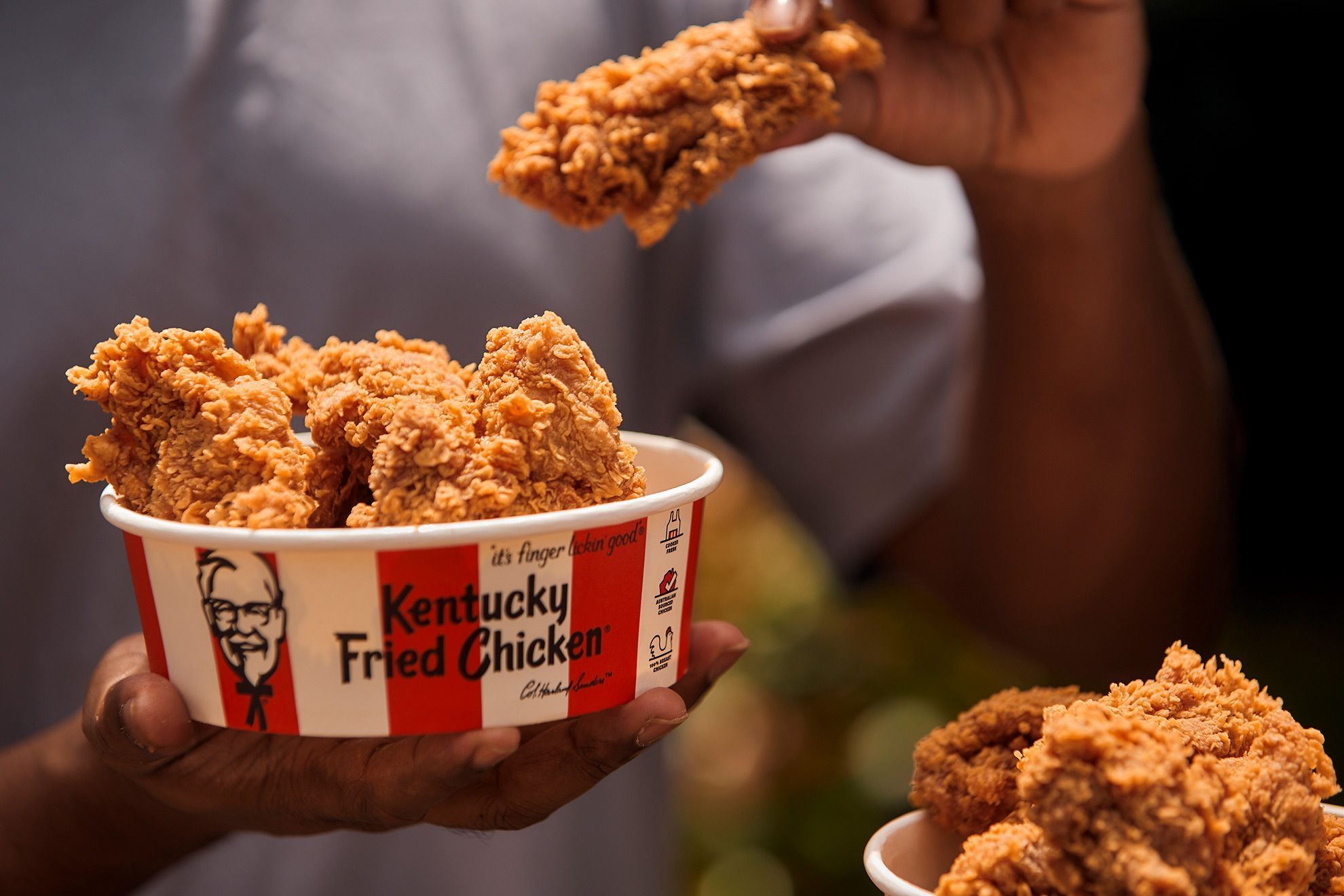
5. **KFC: Colonel Sanders and the Secret Recipe**
The story of Kentucky Fried Chicken (KFC) is as flavorful as its famous secret blend of 11 herbs and spices. The chain was founded by Colonel Harland Sanders, who began selling his fried chicken from a roadside restaurant in Kentucky in 1930. Sanders, known for his distinctive white suit and black string tie, perfected his unique pressure-frying method, which allowed chicken to cook quickly while retaining its moisture and flavor.
His entrepreneurial spirit led him to begin franchising his fried chicken concept in 1952, marking another significant step in the expansion of fast food beyond just burgers. The company grew rapidly, and by 1964, Sanders sold his business for $2 million, though he remained a public spokesman for the brand. KFC’s success demonstrated the vast potential for specialized fast-food offerings and became a global empire known for its distinctive taste, proving that a specific, perfected product could achieve widespread appeal.
Product on Amazon: Kentucky Fried Chicken Men’s Bucket Hat KFC Colonel Sanders White & Red Stripes Fried Chicken Brim Officially Licensed
Brand: Visit the Kentucky Fried Chicken Store
Price: 27.99 USD
Rating: 5 Total reviews: 3
Shopping on Amazon >>
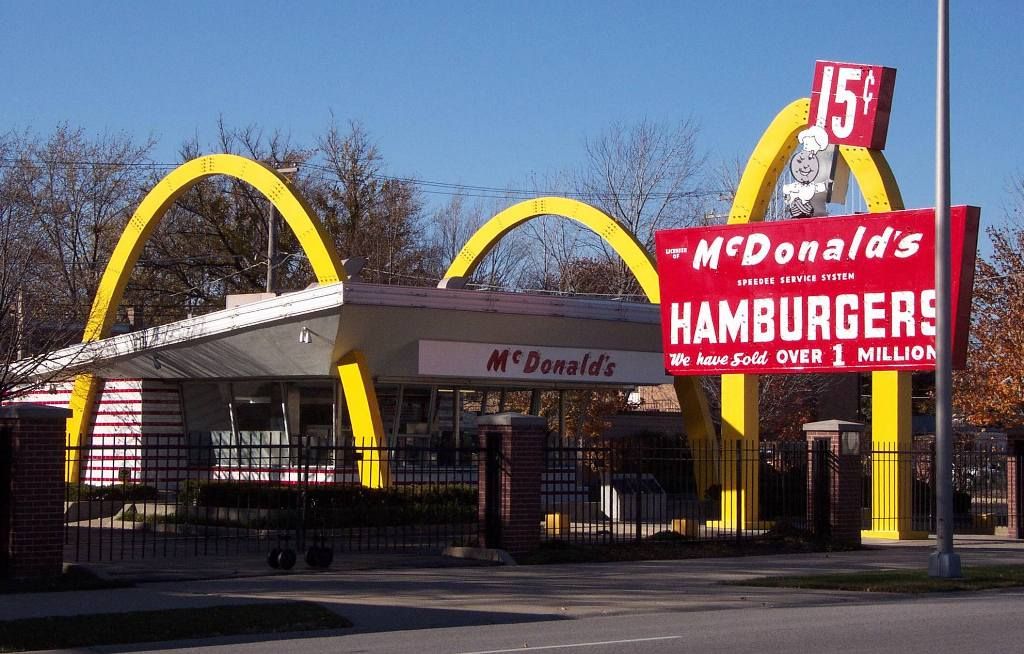
6. **The McDonald Brothers and the Speedee Service System**
While White Castle laid important groundwork, it was the McDonald brothers, Richard and Maurice, who truly revolutionized the fast-food industry with their “Speedee Service System.” They first opened a barbecue drive-in in San Bernardino, California, in 1940. However, in 1948, they bravely redesigned their restaurant, shifting their focus to a highly limited menu primarily featuring 15-cent hamburgers and fries.
Their genius lay in implementing an assembly-line approach to food preparation, which dramatically minimized preparation time and maximized efficiency. This system, known as the “Speedee Service System,” allowed them to serve customers at lightning speed, fundamentally changing the restaurant model and setting a new standard for quick service. Their innovative approach, focusing on speed, low cost, and consistency, created a blueprint that would soon be adopted and expanded upon by countless others, forever altering the landscape of casual dining.
Product on Amazon: Four Brothers Special Collector’s Edition
Price: 9.88 USD
Rating: 4.8 Total reviews: 1515
Shopping on Amazon >>
7. **Ray Kroc: Transforming McDonald’s into a Global Empire**
The year 1954 proved to be a fateful one for the McDonald brothers and the future of fast food, as it brought milkshake machine salesman Ray Kroc into their orbit. Kroc was profoundly impressed by the efficiency and volume of the McDonald brothers’ operation in San Bernardino. He immediately saw the immense potential for nationwide expansion, a vision far grander than the brothers themselves had conceived.
Within a year of his visit, Kroc partnered with them and opened his first franchised McDonald’s in Des Plaines, Illinois, in 1955. Kroc’s relentless drive and astute business acumen were instrumental in transforming McDonald’s from a successful regional operation into a national, and eventually global, phenomenon. By 1961, he had bought out the McDonald brothers for $2.7 million and continued to aggressively expand the company, introducing iconic elements like the Golden Arches logo and the Ronald McDonald mascot, solidifying McDonald’s as the undisputed leader in the fast food industry and a symbol of American business prowess worldwide.
The ingenuity of pioneers like the McDonald brothers and Ray Kroc set the stage for an explosion in the fast-food landscape. What followed was a vibrant “Golden Age,” a period marked by the rapid emergence and global expansion of iconic chains that would indelibly shape culinary habits and redefine convenience for generations. This era wasn’t just about quick meals; it was about establishing cultural landmarks and introducing diverse flavors to the masses, each with its own fascinating origin story and unique contribution to the burgeoning industry.
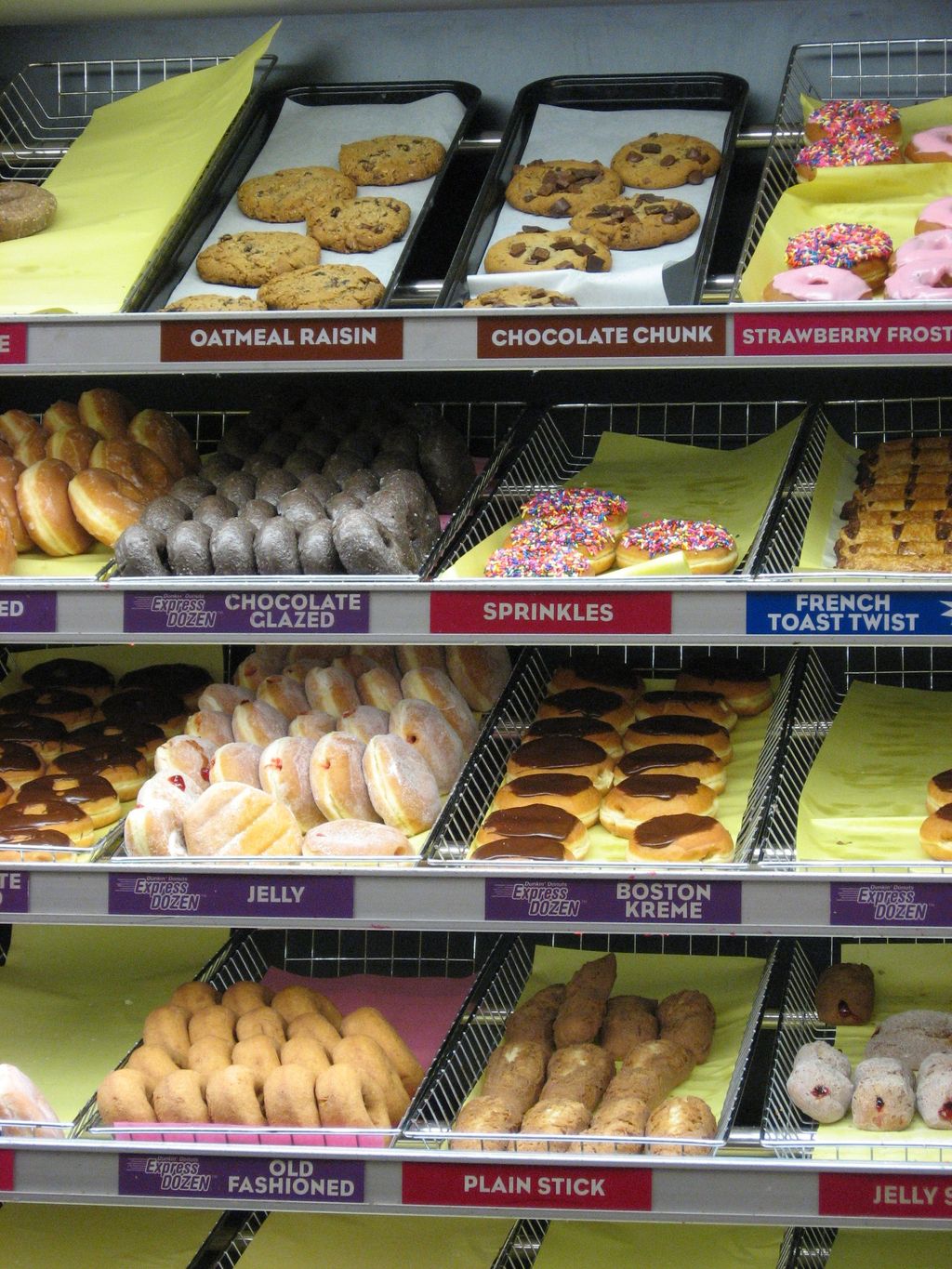
8. **Dunkin’ Donuts: America Runs on Coffee and Doughnuts**
As the mid-century rolled in, a new kind of fast food began to take shape, one centered around breakfast and quick pick-me-ups. Bill Rosenberg, a visionary entrepreneur from Quincy, Massachusetts, saw this opportunity clearly. In 1950, he opened his doughnut shop, wisely naming it Dunkin’ Donuts, a moniker that, in a rather amusing tale, he apparently devised by locking executives in a room with a tape recorder and instructing them to simply brainstorm until inspiration struck.
Rosenberg’s venture wasn’t merely about selling pastries; it was about creating a consistent, approachable experience centered around coffee and the beloved doughnut. His successful prior experience selling these items to factory workers gave him a keen insight into the demand for convenient breakfast and snack options. The concept was so effective that by 1955, Dunkin’ Donuts began franchising, rapidly spreading its distinctive pink and orange logo across the nation and establishing itself as a morning staple for millions.
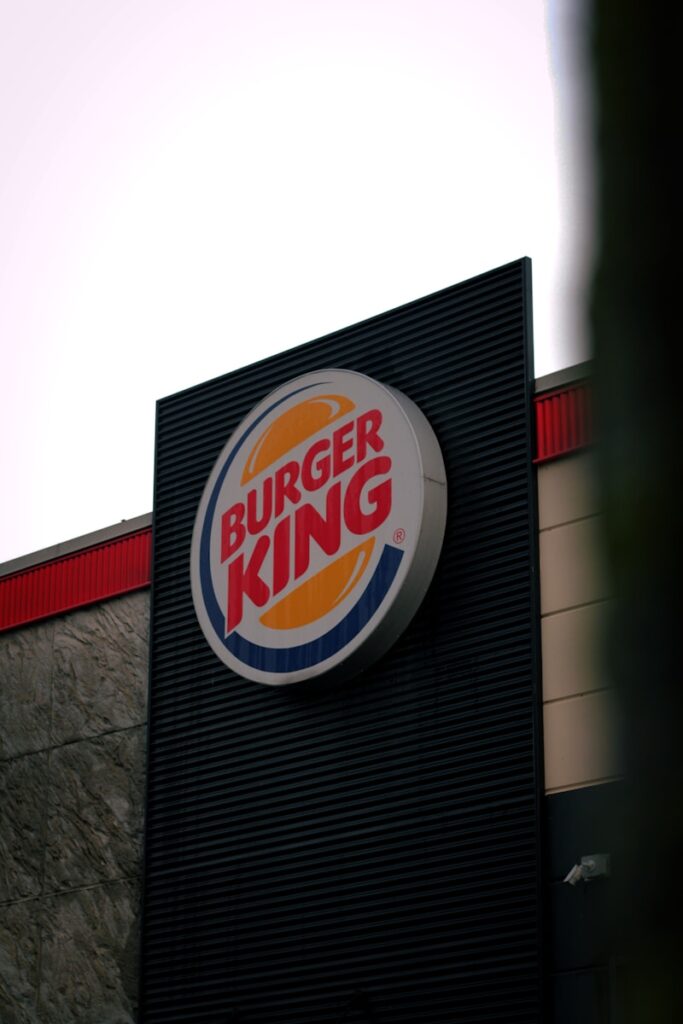
9. **Burger King: Flame-Broiled Royalty Enters the Scene**
Hot on the heels of McDonald’s groundbreaking success, a new contender emerged, ready to put its own spin on the hamburger. In 1953, Keith Kramer and Matthew Burns founded “Insta-Burger King” in Jacksonville, Florida, reportedly drawing inspiration directly from their visit to the original McDonald’s operation. Their initial approach involved special “Insta-Broilers,” designed to cook burgers with impressive speed, aiming to replicate the efficiency that was becoming the hallmark of the industry.
However, the true transformation of the brand came in 1954 when Miami franchisees James McLamore and David Edgerton acquired the struggling company and swiftly rebranded it to the now-familiar Burger King. Under their leadership, Burger King pivoted to its signature flame-broiled cooking method, a distinct differentiator from its rivals’ griddle-fried offerings. This unique preparation gave their burgers a smoky, char-grilled flavor, most famously embodied in their flagship product, the “Whopper” sandwich, which quickly became an iconic symbol of the chain and a formidable competitor in the burgeoning burger wars.
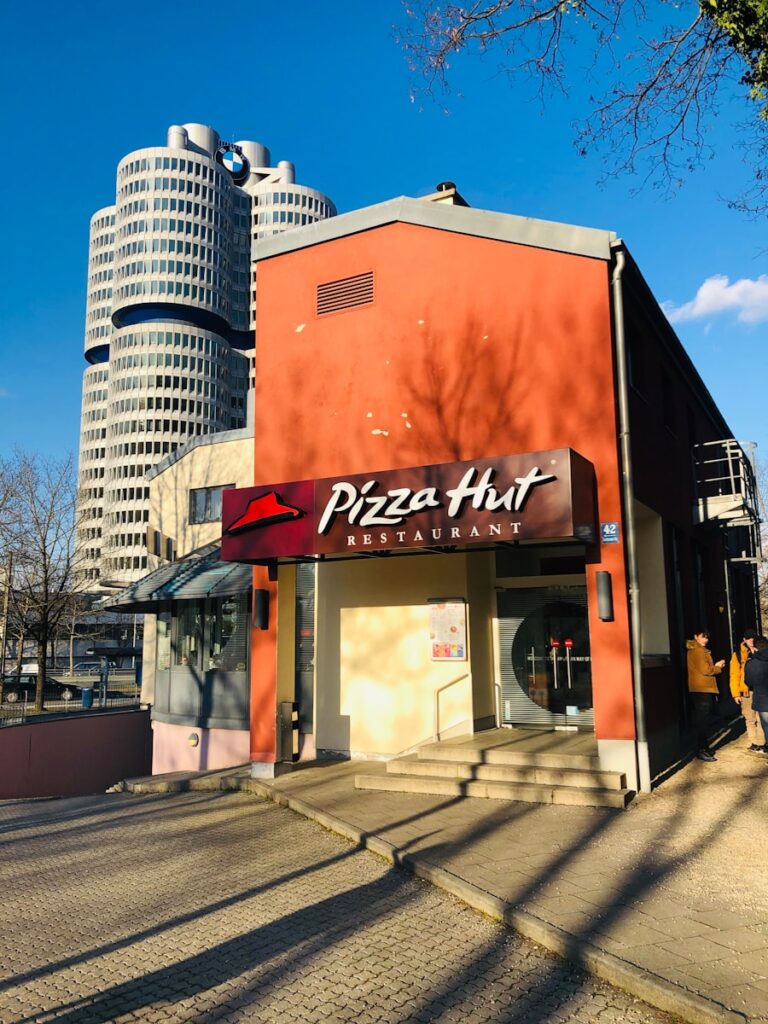
10. **Pizza Hut: Slicing Up the Fast Food Market**
While burgers and fried chicken were dominating the drive-thru lanes, another Italian-American classic was about to get its fast-food makeover. In 1958, two ambitious college students in Wichita, Kansas, founded Pizza Hut, starting with a single, humble location. Little did they know that their simple pizza parlor would eventually grow into a global empire, boasting over 18,000 restaurants worldwide and introducing countless innovations to the pizza world.
Pizza Hut quickly became a household name, making pizza accessible and convenient for families across America. Beyond just popularizing pizza as a fast-food option, the company was a pioneer in culinary creativity, famously introducing the stuffed crust pizza, a game-changer that added an extra layer of indulgence to every bite. In a truly out-of-this-world achievement, Pizza Hut even claimed the distinction of being the first company to deliver pizza to space, proving their commitment to pushing boundaries, whether on Earth or in orbit.

11. **Taco Bell: Spicing Up the American Palate**
As the 1960s began to swing, Glen Bell, a shrewd entrepreneur with a knack for identifying untapped culinary desires, decided it was time to introduce America to the delights of Mexican-inspired fast food. In 1962, he founded Taco Bell in Downey, California, starting out as a modest walk-up taco stand. Bell’s vision was to make tacos and burritos as common and convenient as hamburgers, bringing the vibrant flavors of Mexican cuisine to the mainstream American diet in an accessible format.
Taco Bell’s menu, featuring items like the now-iconic crunchy taco and the “Enchirito” (a popular early offering that would later be discontinued), quickly caught on. It offered a refreshing alternative to the predominantly burger-centric fast-food landscape, demonstrating that there was a significant appetite for international flavors adapted for quick service. Bell’s ingenuity not only created a new category within fast food but also paved the way for a more diverse culinary experience in the grab-and-go sector.
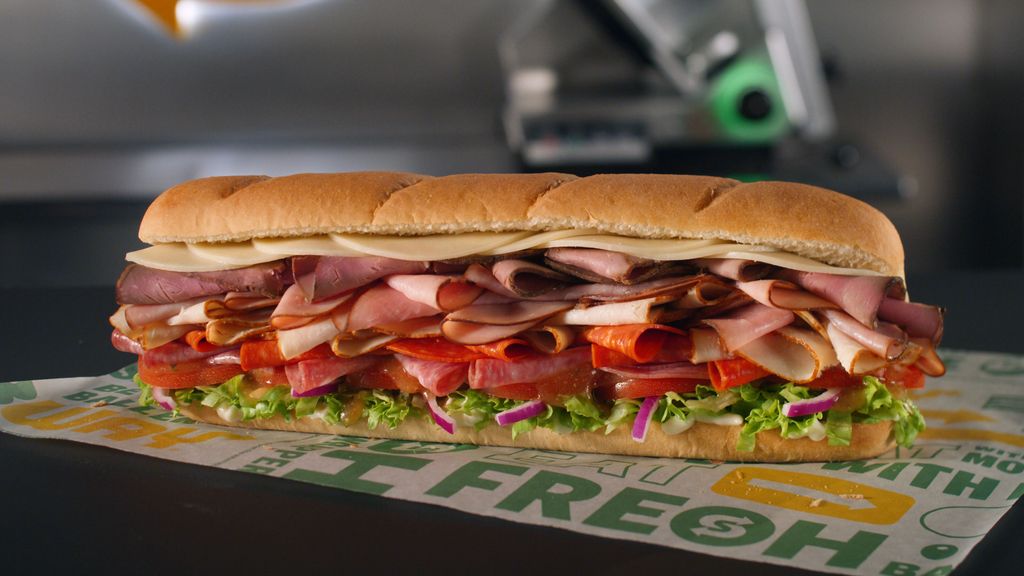
12. **Subway: The Long and Lean Revolution**
In 1965, a seemingly modest endeavor began that would, against all odds, eventually outgrow even the mighty McDonald’s in terms of sheer global presence. Frederick DeLuca, a determined 17-year-old in Bridgeport, Connecticut, launched “Pete’s Super Submarines” with a crucial $1,000 loan, aiming to finance his college education. This humble sandwich shop, focused on customizable submarine sandwiches, would soon be rebranded to Subway, embarking on an extraordinary journey of expansion.
Subway’s appeal lies in its focus on freshness and personalization, allowing customers to choose their bread, fillings, and toppings right before their eyes – a revolutionary concept in an era dominated by pre-assembled meals. This “eat fresh” philosophy resonated deeply with consumers seeking a perceived healthier alternative to traditional fast food. By 2010, Subway had achieved an astonishing milestone, surpassing McDonald’s in total number of locations worldwide, boasting over 24,000 outlets globally, a testament to its widespread appeal and adaptable business model. The chain continues to innovate, with even future plans like a partnership with “Happy Gilmore 2” in 2025 hinting at its ongoing relevance and pop culture footprint.
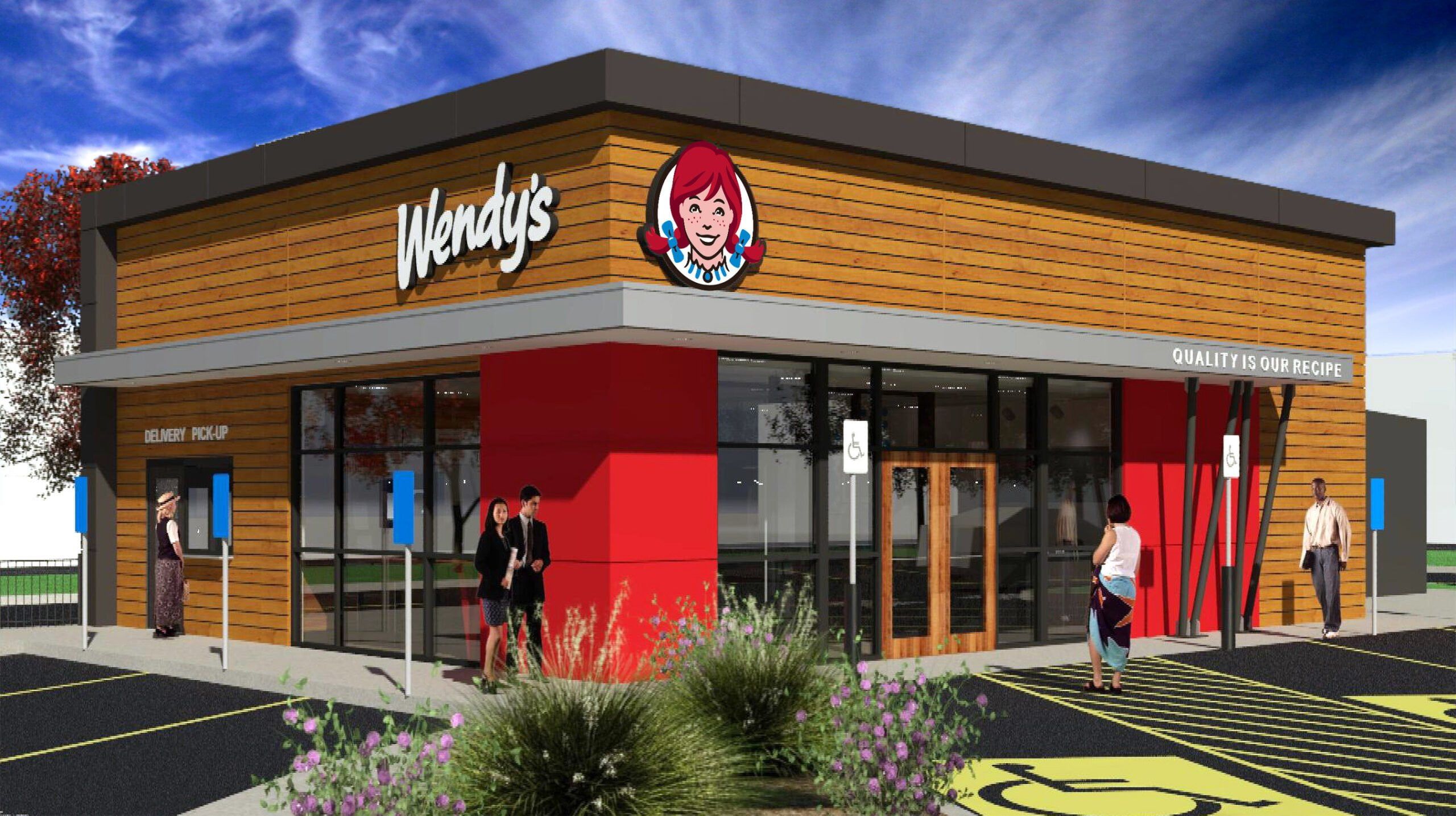
13. **Wendy’s: The Square Deal on Quality**
As the 1960s drew to a close, another titan of the burger world stepped onto the scene, bringing a refreshing emphasis on quality and customization. Dave Thomas, a seasoned fast-food veteran, opened his first Wendy’s restaurant on November 15, 1969, in Columbus, Ohio. Thomas’s philosophy was simple yet profound: provide fresh, never-frozen beef patties and make every hamburger to order. This commitment to higher quality ingredients and personalized service immediately set Wendy’s apart from its competitors.
Wendy’s iconic square hamburger patties, designed so that a bit of meat would always hang over the bun, quickly became a distinctive symbol of the brand’s dedication to generous portions and quality. Under Thomas’s leadership, the chain rapidly expanded, becoming the world’s third-largest hamburger chain. Beyond its food, Wendy’s also made a significant cultural impact with its memorable advertising campaigns, most notably the “Where’s the beef?” slogan, which became a national catchphrase. And let’s not forget the beloved Frosty, an intentionally thick, spoon-required dessert that cemented Wendy’s place in the hearts (and stomachs) of fast food enthusiasts.

14. **Starbucks: Brewing a Global Coffee Revolution**
While many fast-food chains focused on meals, the early 1970s saw the birth of a different kind of quick-service establishment that would fundamentally change how the world consumed coffee. In 1971, three coffee-loving friends in Seattle, inspired by coffee roaster Alfred Peet, opened the first Starbucks store. The name itself, plucked from the pages of Herman Melville’s classic novel “Moby-Dick,” hinted at a journey far beyond just a simple cup of joe.
Initially, Starbucks focused purely on selling roasted coffee beans, providing high-quality ingredients for home brewing. However, the true transformation began in the 1980s when Howard Schultz joined the company. Schultz, recognizing the European coffeehouse culture’s potential, envisioned Starbucks not just as a bean retailer but as a “third place” – a comfortable space between home and work where people could gather, relax, and enjoy expertly prepared coffee beverages. His vision led to the expansion of the coffeehouse chain, complete with its distinctive, though once controversial due to its original topless design, mermaid logo, making Starbucks a global phenomenon and turning daily coffee runs into a ritual for millions worldwide.
The “Golden Age” of fast food was indeed a period of explosive growth and innovation, laying the groundwork for the industry’s global dominance. From Dunkin’ Donuts fueling morning commutes to Pizza Hut redefining family dinners and Starbucks making gourmet coffee a daily indulgence, these chains didn’t just sell food; they sold convenience, consistency, and a piece of the evolving American lifestyle. They expanded beyond national borders, adapting their menus and marketing to resonate with diverse cultures, making fast food a truly international language.
Today, the fast food industry continues to evolve, facing new challenges and opportunities, from health consciousness and sustainability to technological advancements in ordering and delivery. Yet, the foundational principles established during this golden era – speed, affordability, and widespread accessibility – remain at its core. The history of fast food is a captivating narrative of human ingenuity, adapting to ever-changing societal needs and forever altering the landscape of how we eat, proving that a quick bite can indeed have a surprisingly deep and rich history.

